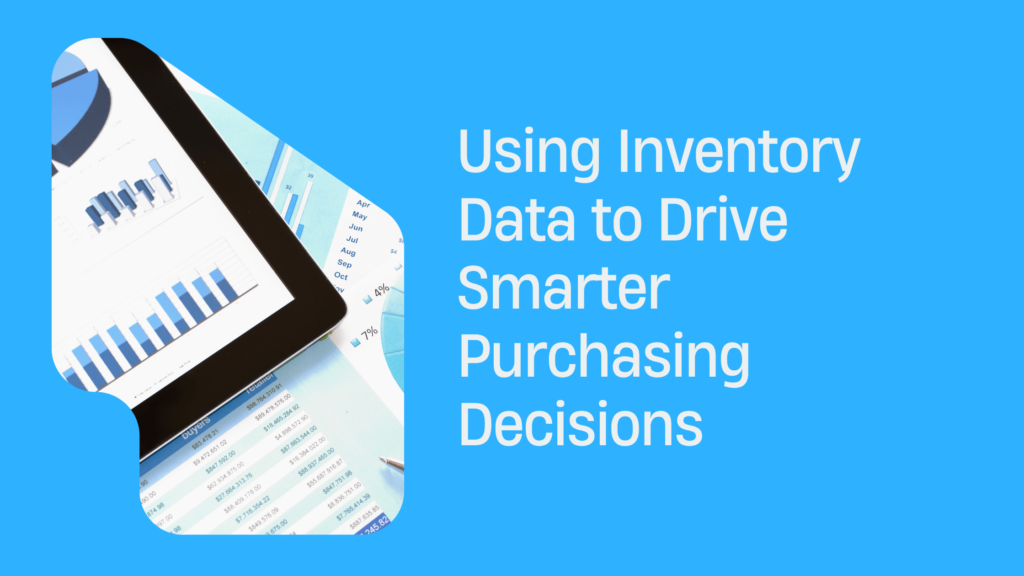Managing Cash Flow as a Dropshipper
Whether you are a seasoned dropshipper or just starting out, managing cash flow is a crucial element for the success and growth of your business. While factors like profitability and business model are important, effective cash flow management can significantly impact your ability to scale and thrive in the competitive dropshipping industry.
Assessing Your Business’s Profitability
One of the fundamental aspects of managing cash flow in a dropshipping business is to assess your business’s profitability. Regardless of how well you manage your cash flow, if your business is not making a profit, it will struggle to grow and sustain itself. To assess your business’s profitability, you need to evaluate all aspects of your operations. Start by examining your pricing strategy and ensure that your products are priced appropriately to cover costs and generate a profit. Fine-tuning your pricing can help eliminate inefficiencies and maximize your profit margins.
Prompt Invoicing for Improved Cash Flow
To maintain a healthy cash flow, it is crucial to differentiate between outgoing invoices and paid invoices. Unpaid invoices cannot be used to cover your business expenses, so it is essential to send out invoices promptly. As soon as a sale is made, generate and send out an invoice to the customer. Prompt invoicing increases the chances of receiving payments on time, improving your cash flow. Use accounting tools and software to automate the invoicing process and track the status of invoices.
Negotiating Payment Plans with Suppliers
Working with suppliers who offer competitive prices is beneficial for your cash flow. Discussing payment terms can help align your payment schedule with your cash inflows, ensuring you have the necessary funds to meet payment obligations. Maintain open lines of communication with your suppliers and establish mutually beneficial payment arrangements. By managing your payment obligations effectively, you can optimize your cash flow and maintain positive relationships with your suppliers.
Inventory Management and Cash Flow
Effective inventory management is essential for maintaining a healthy cash flow in your dropshipping business. Keeping a close eye on your inventory levels and understanding which products are performing well and which ones are not is crucial.
Identify products that are not generating sufficient returns and consider selling them at a discounted rate or discontinuing them altogether. By doing so, you can free up cash that would otherwise be tied up in underperforming inventory. On the other hand, invest more in products that are popular and drive sales to maximize your cash inflow.
Utilize inventory management software or tools to track your inventory levels, monitor product performance, and make informed decisions about your inventory purchasing and management.
Leasing vs. Buying
When starting a dropshipping business, it is crucial to manage your debt and avoid accumulating excessive financial obligations. For entrepreneurs in regions like Edmonton, where financial responsibilities can be particularly complex, understanding options like debt consolidation in Edmonton can provide valuable peace of mind. However, in the context of daily operations, there may be instances where you need to invest in certain items to keep your business running smoothly.
In such cases, consider leasing instead of buying. Leasing allows you to pay in installments over time, preserving your cash flow for other business expenses. Additionally, leasing expenses can be tax-deductible, providing further financial benefits for your business.
Evaluate your equipment and resource needs and determine whether leasing is a viable option for your dropshipping business. By making strategic decisions about leasing, you can ensure optimal cash flow management while still obtaining the necessary resources.
Implementing a Firm Credit Policy
Offering credit to customers can be an effective strategy to build trust and foster long-term relationships. However, it also carries potential risks, particularly if customers do not make timely payments. To manage credit effectively, it is crucial to establish a firm credit policy.
Create clear credit policies and communicate them consistently to your customers. This includes sending invoices promptly, following up on late payments, and enforcing payment terms and penalties. Regularly review your accounts receivable to identify customers who consistently pay late and adjust your credit policies accordingly.
Consider running credit checks on new customers requesting credit purchases to assess their creditworthiness. This can involve a soft or hard inquiry, depending on how thorough the check needs to be. By implementing a firm credit policy, you can minimize the risk of late payments and improve your cash flow management.
Strategic Expense Reduction
In times of financial challenges or when external factors impact your business, reducing expenses can be a strategic approach to manage cash flow effectively. However, it is essential to approach expense reduction thoughtfully and strategically.
Analyze your expenses and identify areas where you can make cuts without compromising the core functions of your dropshipping business. Consider temporarily suspending non-essential subscriptions or services, reducing advertising spend during supply chain disruptions, and exploring cost-saving alternatives.
Utilize cost-effective marketing strategies such as search engine optimization (SEO) to generate organic traffic and sales, reducing your reliance on paid advertising. By reducing expenses wisely, you can optimize your cash flow while maintaining the essential operations of your dropshipping business.
Embracing Financial Planning Tools
Proper financial planning is crucial for effective cash flow management in your dropshipping business. Utilize financial planning tools and software to create accurate cash flow projections, monitor your cash flow performance, and make informed financial decisions.
By leveraging financial planning tools, you can assess the impact of different scenarios, such as changes in sales volume or supplier payment terms, on your cash flow. This allows you to proactively manage your cash flow, identify potential shortfalls or surpluses, and take appropriate actions.
Regularly review and update your cash flow projections, adjusting them based on actual performance and changing market conditions. Embracing financial planning tools empowers you to make data-driven decisions and ensure the financial stability of your dropshipping business.
Seeking Professional Guidance
Managing cash flow effectively can be complex, especially as your dropshipping business grows and faces new challenges. In such cases, seeking professional guidance from accountants, financial advisors, or business consultants can provide valuable insights and expertise.
Consider consulting with professionals who specialize in small business finance or dropshipping to gain a deeper understanding of cash flow management strategies tailored to your specific business needs. They can help you analyze your financial statements, assess your cash flow performance, and provide recommendations for improvement.
Professional guidance can offer fresh perspectives, identify blind spots, and help you navigate the intricacies of cash flow management in the dynamic dropshipping landscape.
Conclusion
Effective cash flow management is paramount for the success and sustainability of your dropshipping business. Assess your business’s profitability, streamline invoicing processes, negotiate payment plans with suppliers, and manage your inventory effectively. Consider leasing instead of buying, strategically borrow when needed, and implement a firm credit policy. Reduce expenses wisely, embrace financial planning tools, and seek professional guidance when necessary.
By adopting these strategies and continuously monitoring your cash flow, you can ensure the financial health of your dropshipping business and seize the opportunities that lie ahead. Remember, effective cash flow management is not just essential for survival—it is the key to thriving in the competitive world of dropshipping.






